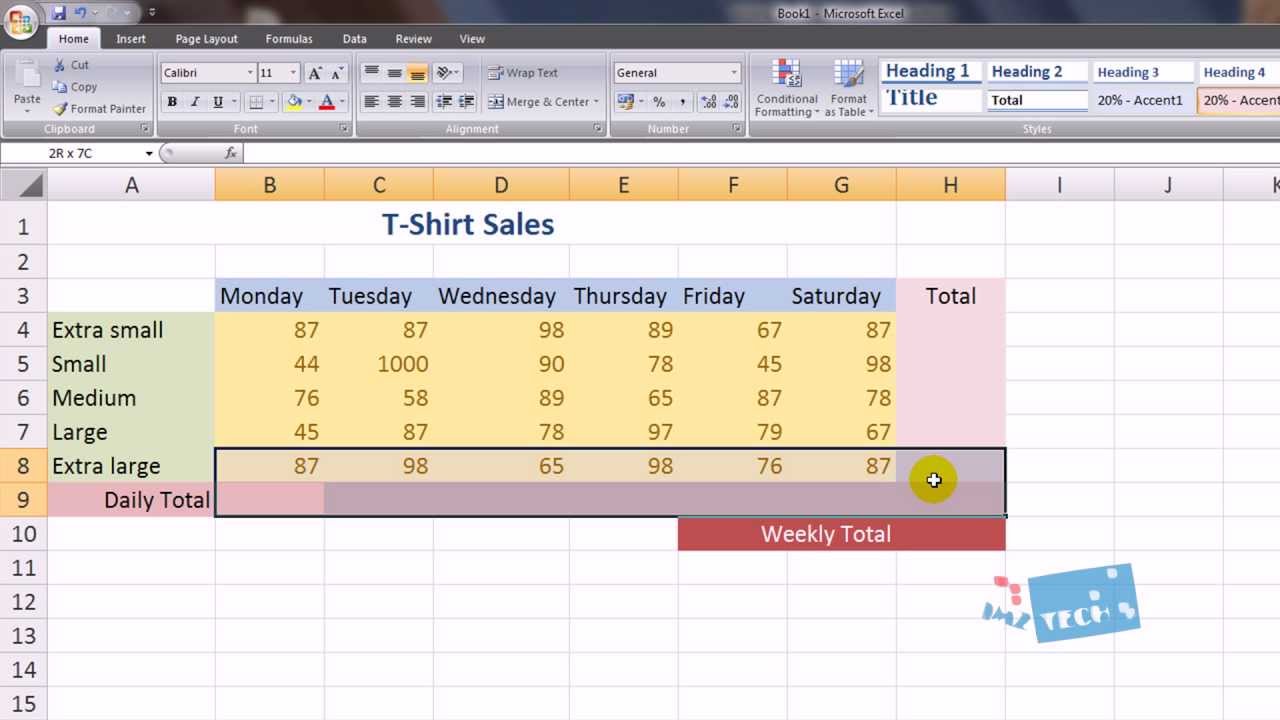5 Ways to Display Sheet Numbers in Excel

Displaying sheet numbers in Excel can greatly improve your document's navigability and organization, especially when dealing with large workbooks that have numerous sheets. Whether you're presenting financial data, managing project schedules, or organizing inventory, knowing how to show sheet numbers can be incredibly beneficial. In this blog post, we'll explore five different methods to effectively display sheet numbers in Excel, ensuring you can manage your spreadsheets with ease.
Method 1: Using VBA to Add Sheet Numbers


If you’re comfortable with a bit of coding, Visual Basic for Applications (VBA) in Excel provides a powerful way to automate tasks, including the addition of sheet numbers.
- Open the VBA editor by pressing Alt + F11.
- In the Insert menu, choose Module.
- Copy and paste the following code into the module:
Sub AddSheetNumber()
Dim ws As Worksheet
Dim counter As Integer
Application.ScreenUpdating = False
counter = 1
For Each ws In ThisWorkbook.Worksheets
If ws.Name <> "Sheet_Number" Then
ws.Name = "Sheet" & counter
counter = counter + 1
End If
Next ws
Application.ScreenUpdating = True
End Sub
ℹ️ Note: Ensure you have backups of your work before running any macros. VBA code can modify your worksheet names and, if done incorrectly, might lead to data loss or confusion.
Method 2: Using Manual Naming

The simplest approach to displaying sheet numbers is through manual naming. Here’s how you can do it:
- Right-click on the sheet tab you want to rename.
- Select Rename.
- Type in a new name like "Sheet1" for the first sheet, "Sheet2" for the second, and so on.
🌟 Note: This method is straightforward but can be tedious for large workbooks. It also relies on manual consistency to ensure all sheets are correctly numbered.
Method 3: Using Formulas in Cells

If you prefer to keep your sheet numbering within the spreadsheet itself, you can use formulas in a specific cell on each sheet.
| Step | Description |
|---|---|
| 1 | Navigate to the first sheet where you want to start numbering. |
| 2 | Select an appropriate cell, e.g., A1 or A2. |
| 3 | Enter this formula:
=COUNTA(Sheet:Sheet!A1:A1)where "Sheet:Sheet" is a range referencing all the sheets in the workbook. |
| 4 | Copy this cell to all sheets you want to number. |

This formula counts the number of sheets up to the current one, providing a sequential number.
Method 4: Using Custom Document Properties

Excel allows you to create custom document properties that can be referenced in formulas or macros.
- Go to File > Info > Properties > Advanced Properties.
- In the Custom tab, add a property named "SheetNumber".
- Assign values to this property manually for each sheet.
- Use this property in your formulas by referencing it like this:
=DOCPROPERTY("SheetNumber")
This method requires manual intervention but provides flexibility if you need to display other custom information alongside sheet numbers.
Method 5: Using Excel Add-ins

Various add-ins are available that can automatically manage and display sheet numbers. Here are steps to implement one:
- Search for an Excel add-in that provides sheet numbering functionality.
- Download and install the add-in from a trusted source.
- Follow the add-in's instructions to enable and configure sheet numbering options.
- Enjoy automated numbering as you create or rename sheets.
⚠️ Note: Be cautious when downloading and installing third-party add-ins, as they can affect workbook functionality and might not be compatible with future Excel updates.
Understanding how to display sheet numbers in Excel can streamline your work and make navigating through large workbooks much easier. Each method we've discussed has its own benefits and is suited to different use cases:
- VBA for automation and speed.
- Manual naming for simplicity and direct control.
- Formulas in cells for dynamic updates within the sheets.
- Custom properties for flexibility in displaying additional information.
- Add-ins for an automated solution with less manual effort.
By choosing the method that aligns with your workflow, you can enhance your productivity and keep your Excel sheets organized. Remember, practice makes perfect, and with these techniques in your arsenal, Excel can become an even more powerful tool in your professional or personal life.
How often should I update sheet numbers?

+
It’s good practice to update sheet numbers whenever you add or remove sheets to maintain continuity in your numbering system.
Can I use sheet numbering in shared workbooks?

+
Yes, but ensure all collaborators understand and agree to maintain the numbering system. Manual methods or shared macros can work well in collaborative settings.
What happens if I accidentally delete or rename a numbered sheet?

+
If using VBA or a formula, the system will automatically renumber other sheets. For manual methods, you would need to manually adjust all subsequent sheet numbers.